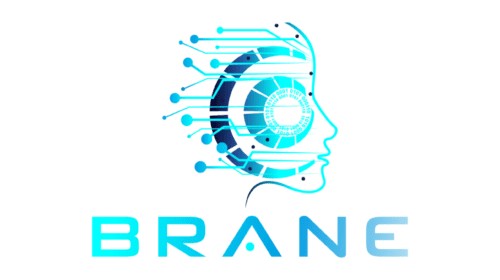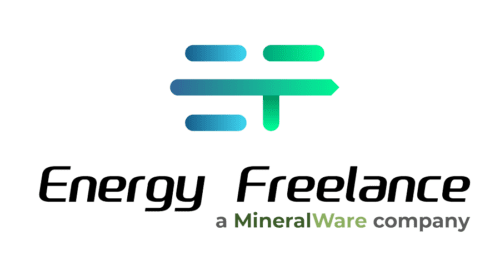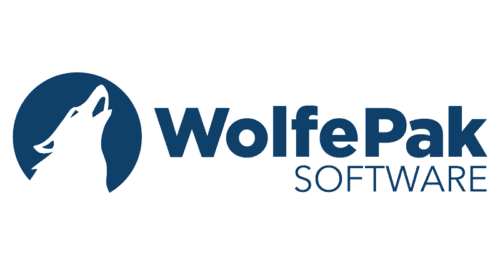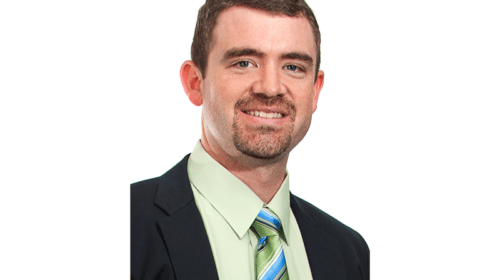Cold Bore Technology is a big data analytics software, hardware and services company that has developed software to facilitate upstream oil and gas companies.
Eric Eissler: How did you get linked up with bp ventures?
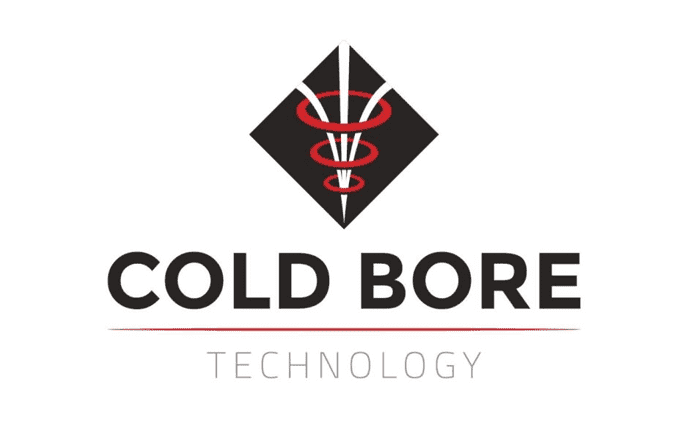 Brett Chell: We met bp ventures through our bankers, Peak Technology Partners – primarily through Scotty Williams, a director at Peak, who has many industry contacts and introduced us to bp ventures. Scotty is a great guy and did an excellent job for us. Because Cold Bore has been scaling up so fast, we had to be hands-on with the business’s operations, so this was the first time we engaged and brought in investment bankers to work with us. We pitched bp ventures, then spoke with BPX [Energy], which is bp’s operational arm. After bp decided to move forward, we received an investment of $9 million from them and another $5 million from Canadian Business Growth Fund (CBGF).
Brett Chell: We met bp ventures through our bankers, Peak Technology Partners – primarily through Scotty Williams, a director at Peak, who has many industry contacts and introduced us to bp ventures. Scotty is a great guy and did an excellent job for us. Because Cold Bore has been scaling up so fast, we had to be hands-on with the business’s operations, so this was the first time we engaged and brought in investment bankers to work with us. We pitched bp ventures, then spoke with BPX [Energy], which is bp’s operational arm. After bp decided to move forward, we received an investment of $9 million from them and another $5 million from Canadian Business Growth Fund (CBGF).
EE: As a software company, when you were developing your Cold Bore technology, were you initially focused on the oil and gas industry?
BC: Yes, we are all oil and gas guys. We started out as oil and gas field guys who recognized a problem and sought to solve it. The idea for the company came from a problem in the industry, and I think that’s where most successful oil and gas technology companies come from. To develop and implement oil and gas technology, you really need to understand the customers and their problems from a field level. Just selling a software doesn’t do them much good because many of their problems stem from bad data and the processes of gathering bad data. Although software is a big part of it, most of the value comes from understanding your customers’ problems and implementing change processes in their large organizations. We are more than just a software company; we are also a hardware and service company. If we are describing what we do as a business, we provide a service with a software platform element, which is the most significant part, [that] has now become a world-class development shop with dozens of developers.
EE: How smooth is the integration of your software? It appears that it is multifaceted and easily integrates with existing systems.
BC: The software itself has been designed to connect to other systems very easily. But more than connection, our software can replace third-party software that tends to do small and specific things. We have an all-encompassing system that replaces a lot of that multi-vendor software. That is the main problem for these oil and gas companies; they don’t need more things that connect to more things, especially not in completions. They need one platform that does everything and does everything well. As far as implementation goes, the integration is fairly involved because the system needs to solve data quality problems on location. We are doing change order processes in the sense that the adoption of our service and our hardware changes the processes on-site, which gathers correct data, which is then displayed and integrated into the software. It is more complex than just software adoption; software alone cannot solve the industry’s problems and SmartPAD™ is the only solution.
EE: Could you go into some detail on the set up?
BC: We are a service company. We send two field technicians out on location who hook everything up on-site before the job starts. While the jobs are running, they are running our system (just for the early days), educating, implementing and ensuring that the oil company doesn’t have any glitches with adoption. Then, over time, there is a handoff to the oil company’s employees to start running it themselves. But we will always have a full-service software development team for every client, as well as a full-service integration team for every client. This is a highly complex problem and process that we’re integrating a new solution into, so we can ensure we have full-service integration for the larger oil and gas companies, so there are never any hiccups.
EE: There are many companies that provide similar software solutions such as yours, what are some of the features that set you apart from competitors?
BC: There are not many solutions like ours. Some solutions seem to do some aspects of what we do, but there is no other Centralized Master Control System. Some of the market tends to lessen it and think that we are only software and analytics, which is false. The industry does not need software and analytics. They have bad data, and they have more significant problems on location with that data. We are the only Centralized Master Control System for Completions globally, so we don’t compete with any pure software play. They don’t have a place in this market, and it’s not the solution to the real problem. We market pretty aggressively against that. We are implementing the Master Control System, and we point out that anyone adopting strictly software as a solution will not solve their problem in completions; it will just cause more.
EE: For all the integrations that your software handles, including analog inputs(!), it seems that a lot of technical development was required. Can you go into some details about how many languages/systems your software integrates with?
BC: There is not a standard protocol in completions. Drilling has WitsML, so they have standardization. Everybody develops on WitsML in drilling. Completions came around when everything was already digital, so everything already has its own language. There is not a standard format. It is impossible to choose a format now and try to push everyone to replace it. We are the only company in the world [that] figured out that if we create a single timestamp for all pads by analyzing the workflow on the wellhead, we can create a full standardized timestamp format that works for all the control systems and formats all the data on location. We invented a new time series-based standard format that works for everyone because it’s simply tracking the timestamp of the pad itself. Then we connect all the control systems of all the service companies and the oil company to that. We ingest all their raw data, and we organize it to that timestamp that we generate. It’s patented, it’s protected and it’s strictly Cold Bore Technology. It is the only way to get a solution that everyone can adopt very quickly, and it also standardizes the communication protocols and data formatting on location.
EE: Could you speak more to the smart contracts that your system is using? Are they a custom-built blockchain or are you using an existing platform?
BC: We are not currently using contracts, and Cold Bore itself does not provide the contracts. We have another company that will provide contracts to transact Cold Bore data. We must be very clear, Cold Bore itself is never transactional. We don’t transact the data; all we do is gather and distribute. Now, the key to Cold Bore data is it is all-time series based. It’s unbiased, and it’s auditable. We now have a one-second accurate timeline for the entire pad for all services that everyone can share and view – that’s the critical element in enabling this space [to be] able to make smart contracts commercial. Before Cold Bore, there were just too many timestamps and too much subjectivity, and contracts needed to be done manually because the process was all manual.
Now that we have automated time tracking for the entire pad, commercial contracts are now viable. We are getting asked by certain oil companies to start looking into how to provide them smart contracts. There’s a separate company that will provide those contracts, which initially are just hyper ledger based. They don’t need that blockchain on them yet; that’s too far ahead for a lot of these oil and gas companies [that] will not be using it to that level. Although blockchain is cool, and it will be the future, if someone’s talking about that right now, they are way too far out in front, or they are not talking about the time-series data from the services. They are talking about production data or some other application for smart contracts. Our initial contract will be built primarily on hyper ledger, or there may be another way to do it, but blockchain will not be introduced until later on when we need to verify these transactions.
EE: What is your main selling point? What sets you apart from your competitors?
BC: The fact that we’re not just software. Everybody in the space, aside from us, is trying to solve problems with software that can’t be solved with just software. We are a Centralized Master Control System. SmartPAD is a controls automation, it is a platform and it is software at the platform level that allows everyone to plug and play. But when you pair that with a controls and automation system that is physically on location, now you have the complete package to execute fully autonomous frac. We are the enabler to allow all service companies in the U.S. to plug and play for fully autonomous frac with all the oil companies. It’s standard, it’s broad application and, as the rising tide lifts all ships, it’s a complete change to how completions are done today. It will make the old way of completions uneconomical, and we are the only ones doing it.
EE: How do you see your technology evolving over the next five years? What do you hope to have added to your software by then?
BC: It’s an iterative process that we walk all our customers and partners through. There is a systems integration process for all the oil and service companies where they must change their business processes, and we help them do that. We already see it with the companies that are out in front; they are executing autonomous switch operations with zero people involved. Five years from now, I think all operations on frac locations will be autonomously controlled. [That’s] not to say there won’t be any people on location; there will be people on-site running control systems. Those control systems will be connected to everyone else’s control systems through ours, and the process of communicating between the systems will be fully autonomous. Operations will be run from a real-time operating center at the oil company’s headquarters, where they will be monitoring five, six or seven pads at once, and the control systems will communicate and execute flawless frac. In five years, that’s where it will be. We have it all mapped out; now we just have to execute.
Eissler, former editor-in- chief of Oil & Gas Engineering magazine, previously worked as an editor for Dubai-based The Oil & Gas Year Magazine.
Oil and gas operations are commonly found in remote locations far from company headquarters. Now, it's possible to monitor pump operations, collate and analyze seismic data, and track employees around the world from almost anywhere. Whether employees are in the office or in the field, the internet and related applications enable a greater multidirectional flow of information – and control – than ever before.





